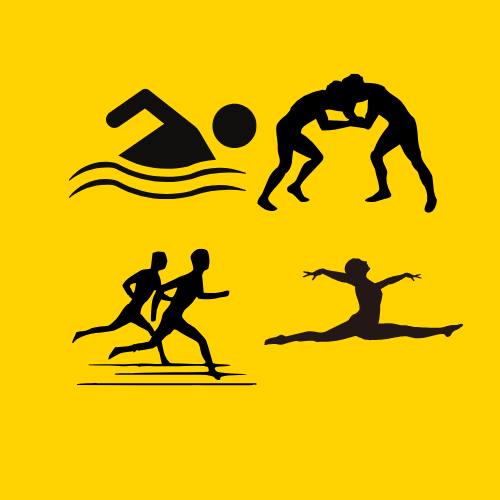
Adam Peaty Takes on New Challenges in London Debut
Swimming star Adam Peaty recently traded his swim caps for a triathlon bike helmet, causing quite a stir within the sports community. His participation in the London T100 Triathlon marked his first foray into this grueling challenge, and he boldly declared it 'one of the hardest things I’ve ever done.' With over 5,000 participants at the event, Peaty showcased his exceptional swimming prowess but quickly learned that the triathlon experience tested him in unexpected ways.
A Legendary Swimmer Faces New Terrain
Peaty is not just any athlete; he is a triple Olympic champion and an eight-time world gold medalist known for his dominance in breaststroke. At the London T100, he completed a 1.5km swim in an impressive 19 minutes and 44 seconds, which was the fifth-fastest of the day. However, as highlighted in his remarks, transitioning from swimming to biking and running added layers of complexity and mental toughness he had never previously encountered. Peaty's 2-hour, 34-minute triathlon finish illustrated that it takes more than sheer speed to thrive in this multidimensional sport.
Lessons from the Race: Strategy and Endurance
Peaty remarked on the necessity of strategizing during the triathlon, revealing that unlike the singular focus of a swimming race, navigating a triathlon demands adaptability across three distinct disciplines. Referring to the adrenaline surge during his initial swim, he shared, 'I may have used 70% of my adrenaline in that first 500m of the swim.' This insight speaks volumes about how diverse sports require unique mental preparation and fitness strategies.
The Bigger Picture: Triathlons and Community Spirit
Part of Peaty's motivation in racing was to contribute to a noble cause. He participated alongside Team Ramsay to raise funds for Great Ormond Street Children's Hospital. This humanitarian drive enriches the already intense competition with a layer of social significance, reminding us that athletes can also be champions off the field. By engaging with the community and supporting healthcare initiatives, Peaty exemplifies how sports can transcend individual achievement to promote collective welfare.
Future Aspirations: LA 2028 and Beyond
Looking ahead, Peaty has his sights set on the 2028 Olympic Games in Los Angeles, where he plans to compete in the 50m and 100m breaststroke as well as two relay events. His aspirations not only highlight his dedication to swimming but also open the door to discussions about the future of Olympic sports and the evolving training regimens needed to excel at such multifaceted events. With athletes like Peaty leading the charge, the sporting landscape is becoming increasingly rich and varied, attracting both spectators and participants from diverse backgrounds.
Engaging the Audience: Where Do We Go From Here?
As Peaty’s journey unfolds, his transition into triathlons sparks important conversations surrounding cross-training and the mental approaches required for successful athletic performance. It serves as a reminder that athletes, regardless of their primary sport, can always challenge themselves beyond familiar territories. For the younger generation of athletes and sports enthusiasts, following Peaty's exploits not only provides inspiration but also encourages them to embrace challenges and push their limits in unexpected ways.
With such riveting experiences, now is the time for all aspiring athletes and fans to engage deeper in their sports communities. Whether you're an athlete seeking to diversify your skills or a fan eager to support charitable causes, Peaty's story serves as a compelling call to action.
 Add Row
Add Row  Add
Add 




Write A Comment